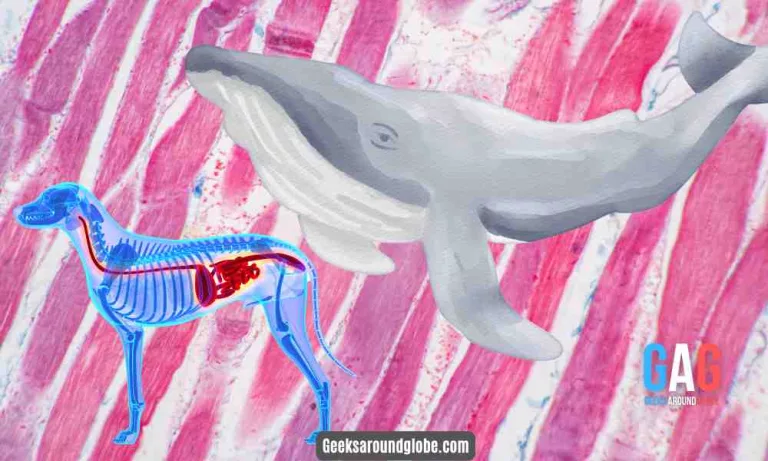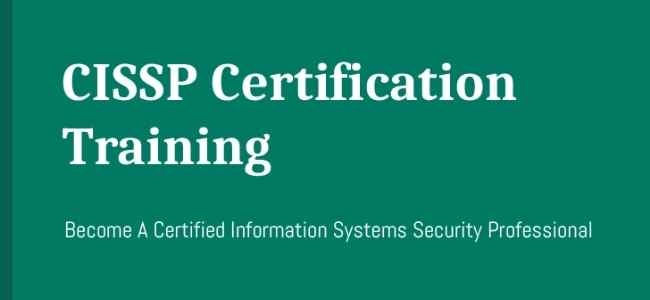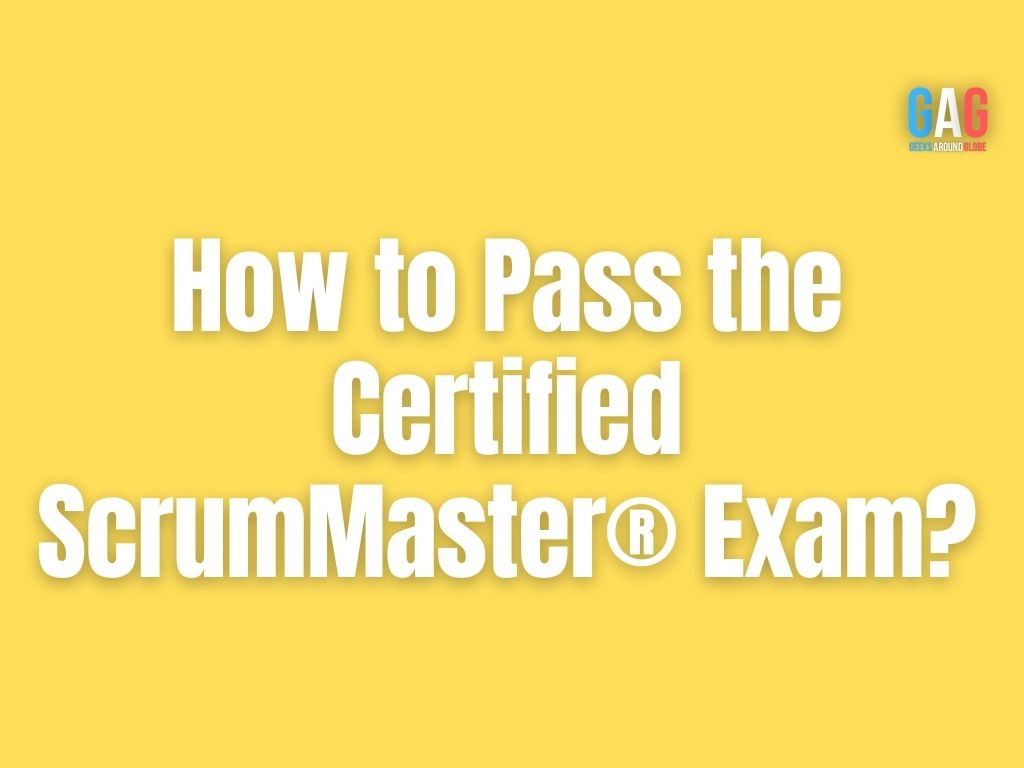International students striving to study in the United States are sure to have heard of the National Collegiate Athletic Association (NCAA). At least as a sports brand, if nothing else. Several faulty beliefs are surrounding the association’s athletic scholarships. Myths are propagated easily in student culture. Essentially, that’s a full-ride carte blanche for prominent basketball players — far from it.
Aspiring student-athletes should properly inform themselves on the NCAA, as they’re the largest collegiate sanctioning organization in the US. Over 150,000 students receive roughly $2.9 billion in scholarships each year. That’s about 2%, and not everybody gets the same deal.
1. Student-athletes don’t need good grades for athletic scholarships.
False. There’s both an eligibility and maintenance requirement based on GPA and ACT or SAT score. Also, contract stipulations demand good-personal conduct.
NCAA Divisions 1 and 2
You need a minimum GPA score of 2.0 with a total of 1010-point SAT score or 86-point ACT score to be eligible for D-I or D-II. However, numbers may differ for each student as the NCAA uses a sliding scale of GPA and SAT or ACT points. For example, an exceptional student with a 3.55 GPA needs only a 400-point SAT score, or a 37-point SAT score. Although the NCAA Eligibility Center doesn’t evaluate the written parts of the tests, the individual collages usually do when determining acceptability.
NAIA and NCAA Division 3
The National Association of Intercollegiate Athletics, as well as the Division-III have lower requirements. However, they don’t offer athletic scholarships but academic scholarships. To obtain financial aid, the student must be a top-of-the-class graduate, have a minimum GPA score of 2.0, and score an 860-point Enhanced ACT or an 18-point SAT. Conditions may vary for D-III schools as they determine eligibility more subjectively.
Maintaining NCAA scholarship
First of all, students must follow their college’s compliance office conditions. But here’s an approximative outline of their guidelines:
- Starting sophomore year, students must have a 1.8 GPA and completed 36 units;
- They must have declared a major by the end of the sophomore year;
- Starting junior year, they must have a 1.9 GPA and completed 72 units or 40% of total degree requirements;
- Starting senior year, students must have a 2.0 GPA and completed 108 units or 60% of total degree requirements;
- Starting the fifth year, they must have a 2.0 GPA and completed 144 units or 80% of total degree requirements.
All in all, grades are crucial. Minimum scores just might not cut it. Since 2015, the NCAA has instituted a redshirt year for students with GPAs lower than 2.3 scores. Meaning that said athletes will not be able to compete during the first year. In other words, coaches will bench you until you get better grades.
2. Division I is the only NCAA division to offer athletic scholarships.
Division I, II, and III are indeed different: D-I schools have the biggest athletic scholarship budgets, the largest school bodies, and offer the highest number of athletic scholarships. There are a few exceptions. For example, Ivy League D-I institutions do not offer athletic scholarships:
- Brown;
- Columbia;
- Cornell;
- Dartmouth;
- Harvard;
- University of Pennsylvania;
- Princeton;
- Yale.
Division III is the only NCAA division that does not award athletic scholarships. However, most athletes receive some need-based financial aid.
Despite this, Division II, junior colleges, or other conferences offer substantial partial athletic scholarships or financial aids to talented individuals. Although the money’s less, so are the yearly tuition costs. It’s not uncommon to realize that when drawing the line, a D-II deal might save you more money than a D-I offer. These institutions also have strong athletic teams, but they’re more focused on scientific and literary honors. Generally, such academies are more inclined to reward psychologists, sociologists, English bestessaywritingservices , computer specialists, mathematics scientists, biology researchers, engineers, and business and accounting students. Nonetheless, coaches are always on the lookout for high potential. It all depends on the negotiations.
3. You can’t get an athletic scholarship for anything other than basketball, football, or baseball.
The proliferation of this faulty belief is the most understandable as basketball racks in the most money, by far. In the fiscal year of 2016–17, the NCAA generated $1.06 billion. D-I Men’s Basketball produced more than 82% of said the revenue. Admittedly, the numbers follow football, and in the third place, baseball.
Numerous other sports grant athletic scholarships. Ironically, nor football or baseball is the second-most common sport in college athletics — but cross country. The popularsport is trailed closely by soccer, tennis, track, golf, volleyball, swimming, lacrosse, and ice hockey, among others.
4. Obtaining an athletic scholarship means getting a full ride.
As stated previously, not everybody gets the same deal. There’s a difference between an athletic scholarship and a partial one.
Consider the fact that the average athletic scholarship amounts to $18,000. And the expected public school tuition cost in 2020 for out-of-state students is $22,577. It’s quite apparent that the majority of students will have to contribute something.
Top-tier student-athletes have to negotiate their offers to the brink. They’ll have to travel and orientate through different colleges. Successful deals cover a third or maybe half of the total costs.
To get a full ride, you must have excellent grades and be part of a genetic elite. You must apply for a D-I school and convince them you’re an incredible investment for their institution. The simple fact that you’re considering going to their school has to be your playing card.
5. Coaches will always contact the student-athletes.
The idea that coaches are always actively scouting and meeting with promising student-athletes is not always correct. Sometimes coaches haven’t yet seen the potential of a player or are restricted by NCAA regulations.
Maybe the most frustrating aspect is when coaches initiate negotiations and never call back. The best idea is to adopt a pro-active approach. Not only should you start the conversation, but contact afterward and ask for a final offer. Another valid idea is to collaborate with professional sports recruiters from MyAssignmentHelp who might offer an orientation to get the full picture.
To sum it up, searching for the best athletic scholarship is like negotiating on investment markets. You have to dispel any faulty beliefs or myths, inform yourself about contracts, and seek the best offer through hard-pressed negotiations. Sure, people are there to help you. But they’re also seeking to make money, and you’re looking to save some. Don’t rush decisions and be realistic about your capabilities. Take some time to travel and orientate on the best fit for your future. Good luck! Also check this awesome site https://www.paperwritingpro.com/.







